|
Pencil Debris
Pencil debris includes the graphite, paint flakes, sawdust, and erasure
debris.
The "lead" in a pencil is actually graphite with a clay binder. The clay
binder helps prevent the rapid loss of graphite and
makes the lead hard, a desirable quality if a fine line is to be drawn. The
pencil hardness increases with more clay binder.
Graphite has an hexagonal crystal structure and cleaves easily normal to the
"c" axis. Graphite has a reflectivity of around 24% on
the cleavage plane and about 4% or less away from that plane. The high
reflectivity of the cleavage plane helps identify these
particles. Another characteristic is the change in polarization direction at
the edge of the particles when view with crossed
polarized light due to the electrical conductivity of graphite.

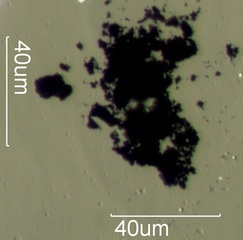
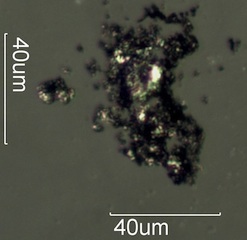
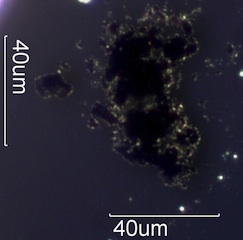
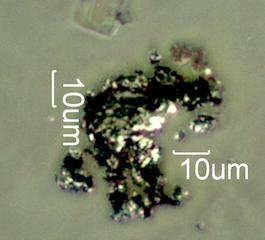
The most common type of erasure on school pencils is "pink pearl". Other
erasure materials are common in office buildings along
with pink pearl erasure.
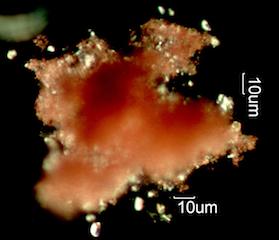
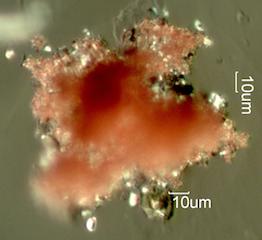
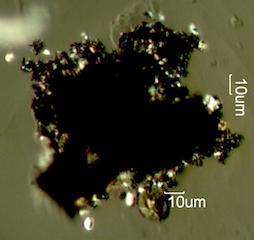
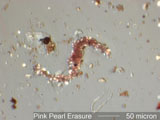
The most common paint color on pencils used in schools is yellow.
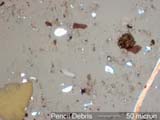

|